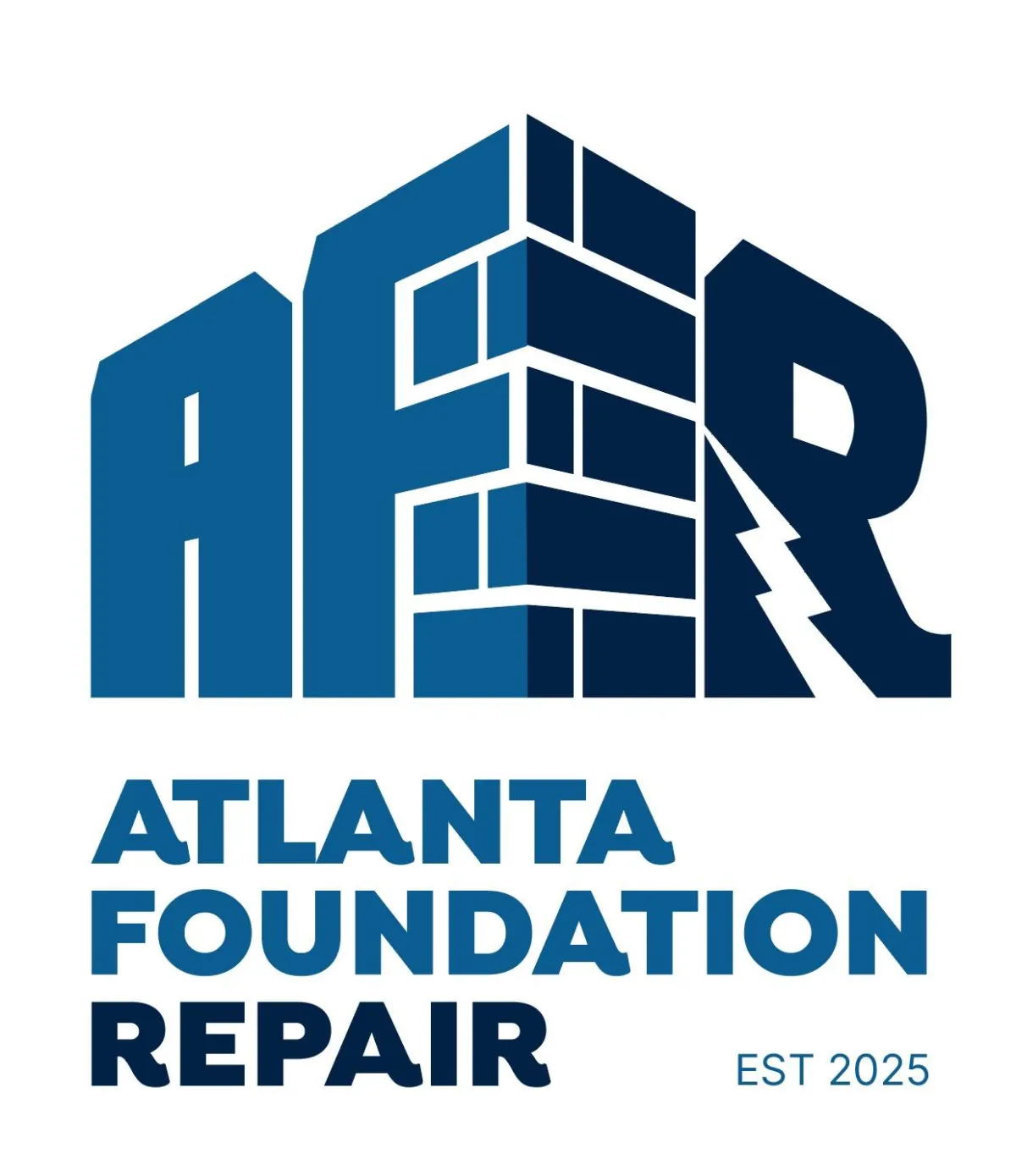Atlanta, GA
Cracked or Rotten Joists in Atlanta, GA
Why Joists Become Cracked or Rotten
Joists are the horizontal boards that hold up your floors. When they are overloaded, constantly exposed to moisture, or damaged by pests, they crack, rot, or lose their ability to distribute weight evenly. Because joists are hidden below the floor, damage can progress for years before a homeowner realizes the structure is compromised.
Common Types and Causes of Joist Damage
Joist damage can stem from natural aging, environmental conditions, or construction choices. Each type of damage changes how the joist behaves under load, often causing a chain reaction throughout the floor system.

Moisture Rot and Fungal Decay
When joists sit in a damp crawlspace or basement, wood fibers begin to break down. Fungi feed on the moist wood, causing it to soften, crumble, and lose strength. Over time, once-solid beams become spongy and deform under even normal loads.

Overloading and Excessive Span
If a joist spans too far without adequate support or carries more weight than it was designed for, stress cracks can form. These cracks often run along the grain or near notches and gradually worsen if the load is not reduced.

Pest and Termite Infestation
Termites, carpenter ants, and beetles burrow into wood and remove material from the inside. The joist may look normal at first glance, but its structural core can be hollowed out, reducing its ability to resist bending and shear forces.

Poor Installation or Alterations
Joists that were undersized, improperly spaced, or heavily notched to fit plumbing or ductwork are more prone to damage. Cuts near the supports or in the middle of the span can concentrate stress and lead to cracking.

Age and Natural Degradation
Even without obvious moisture or pests, decades of load and minor movement can cause wood to dry out, split, or bow. Old nails and fasteners may also loosen, reducing the system’s overall stiffness.
Signs You May Have Cracked or Rotten Joists
Failing joists often leave a mix of visual, audible, and “feel” clues inside the home and in the crawlspace or basement:
Localized floor dips or “soft” areas underfoot
Floors that feel springy or overly flexible when you walk
Noticeable sagging in a specific room or hallway
Persistent squeaks or groans in certain spots when stepped on
Visible cracks, splits, or breaks in joists when inspected from below
Wood that appears darkened, crumbly, or can be penetrated easily with a screwdriver
Musty odors coming from below the floor, suggesting hidden moisture and rot
Gaps between floors and baseboards near specific walls or corners
Doors and windows going out of square in areas above damaged joists
Loose, uneven, or separating flooring materials like tile, hardwood, or laminate
Our Services
Helpful Links
Contact Information
Phone:
Business Hours:
Mon - Fri: 8:00 am - 5:00 pm
Sat - Sun : Closed
service areas
© 2025 All Rights Reserved | Atlanta Foundation Repair
